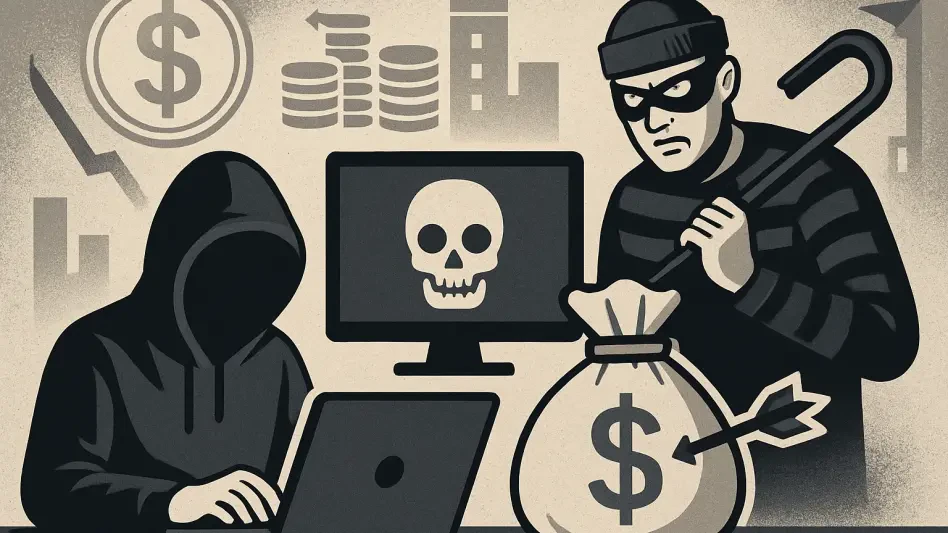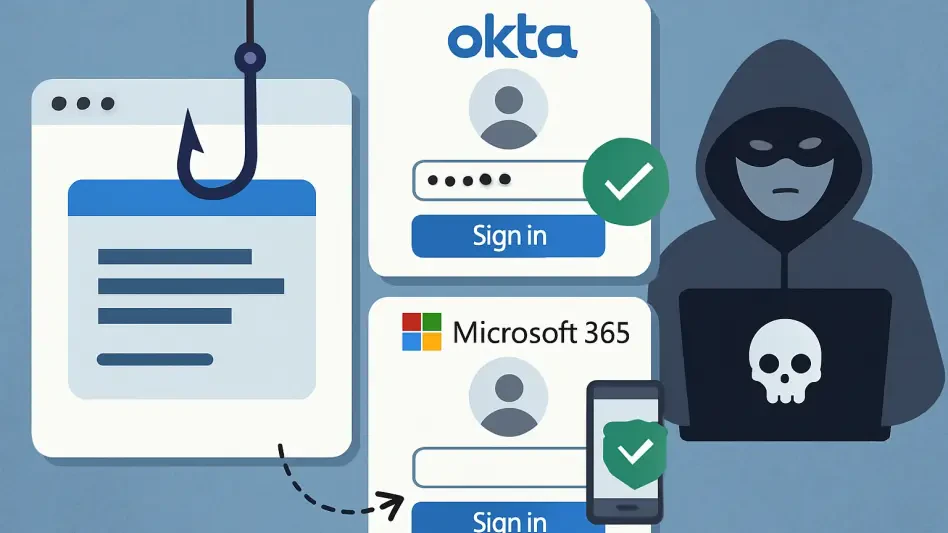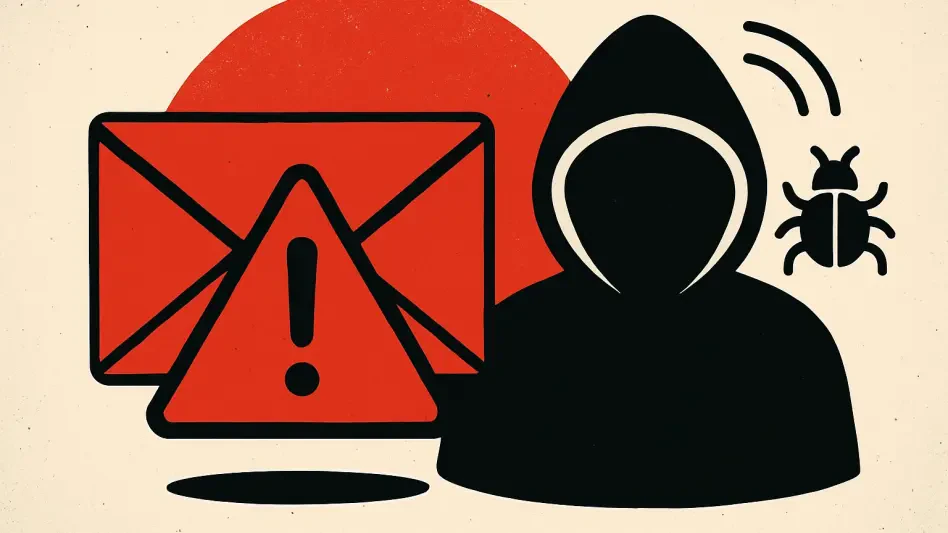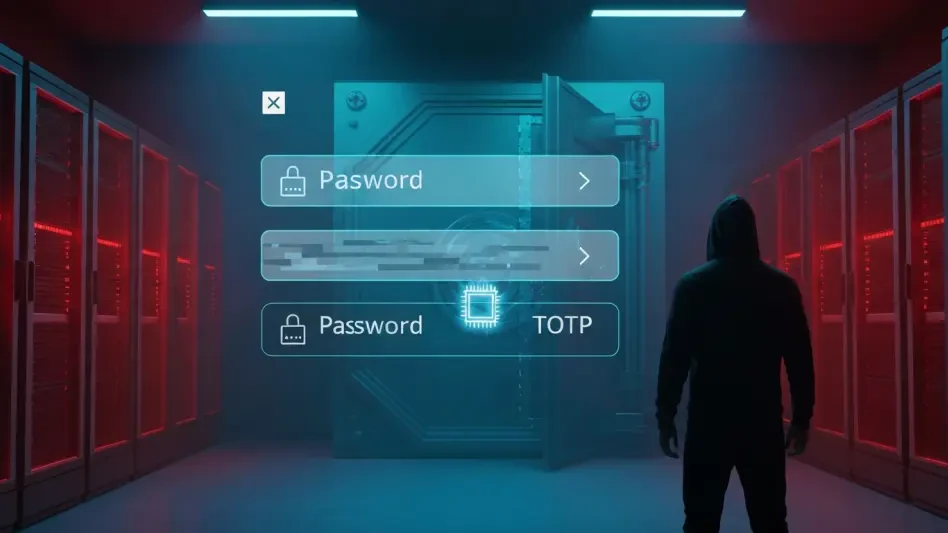In an era where financial crime is becoming increasingly sophisticated, insider threats have emerged as a formidable challenge, transforming from isolated incidents of employee misconduct into deeply entrenched components of broader criminal networks. No longer confined to the image of a single disgruntled worker, these threats now encompass a wide range of actors who facilitate fraud, money laundering, and cybercrime with devastating consequences. The stakes are alarmingly high as insiders exploit privileged access, often colluding with external entities like organized crime groups or state-sponsored actors, to undermine the very systems meant to protect organizations. This alarming evolution demands a closer look at how such risks are reshaping the landscape of financial crime across diverse sectors, from banking to government agencies. What was once a manageable internal issue has morphed into a systemic vulnerability, intertwining with geopolitical schemes and cybersecurity breaches, leaving no industry immune. The urgency to understand and combat these threats cannot be overstated, as their impact extends far beyond financial losses to erode trust and stability on a global scale. Detection remains a persistent struggle, with many insider activities lingering undetected for years due to inadequate controls and oversight. This article delves into the changing nature of insider threats, explores real-world examples, and highlights strategies to mitigate their growing danger.
The Expanding Scope of Insider Threats
Redefining the Insider
The traditional view of an insider threat as a lone rogue employee acting out of personal grievance or greed no longer captures the full complexity of the issue in today’s financial crime landscape. Insiders now include a spectrum of individuals, from those with malicious intent to unwitting enablers who, through negligence or coercion, become conduits for criminal activity. These actors may hold positions of trust, such as senior managers or IT staff, granting them access to sensitive systems and data that can be exploited with devastating effect. Their motivations vary widely—some seek financial gain, others are pressured by external forces, and a few simply fail to adhere to protocols, inadvertently creating vulnerabilities. Detecting such diverse behaviors poses a significant challenge for organizations, as the indicators of insider risk are often subtle and context-dependent. Traditional red flags, like sudden lifestyle changes, may not apply to those coerced or unaware of their role in a larger scheme. This broadened definition underscores the need for a nuanced approach to identifying and managing internal risks, moving beyond simplistic stereotypes to address the multifaceted nature of modern insider threats.
Another layer of complexity arises from the evolving roles insiders play within criminal ecosystems, often acting as facilitators or gatekeepers rather than direct perpetrators. In some cases, they provide critical access to systems or override controls to enable external actors, blurring the lines between internal and external threats. This shift complicates prevention efforts, as organizations must account for not just the actions of their employees but also the potential influence of outside networks. The challenge is compounded by the fact that many insiders do not fit the mold of a typical criminal—some may be long-term, trusted staff who exploit that trust over extended periods. Addressing this requires a rethinking of how risk is assessed, focusing on behavior patterns and access privileges rather than overt misconduct alone. As insider threats become more integrated into sophisticated crime networks, the tools and strategies to combat them must adapt to this reality, prioritizing early detection and comprehensive monitoring to stay ahead of potential breaches.
Systemic Integration with Crime Networks
The integration of insider threats into broader criminal networks marks a critical turning point in their evolution, amplifying their destructive potential across financial systems. Insiders are increasingly found colluding with organized crime groups, hackers, or even state-sponsored entities to facilitate complex schemes like money laundering and sanctions evasion. This collaboration often leverages the insider’s unique position to bypass security measures, providing external actors with entry points to sensitive data or financial transactions. High-profile cases have demonstrated how such partnerships can lead to staggering losses, not just in monetary terms but also in reputational damage and systemic instability. The interconnectedness of these threats means that an insider breach in one organization can ripple outward, impacting entire industries or even national security when geopolitical motives are involved. This trend highlights the urgent need for organizations to expand their risk management frameworks, looking beyond internal controls to address external influences that exploit insider access.
Beyond direct collusion, the systemic nature of insider threats is evident in how they intersect with other domains of financial crime, such as cybersecurity and procurement fraud. A single insider can act as a linchpin, enabling a cyberattack by sharing credentials or weakening defenses, as seen in incidents involving digital asset platforms. Similarly, insiders in procurement roles may engage in bribery or inflate contracts, funneling funds into illicit channels over prolonged periods. These overlapping risks create a web of vulnerabilities that traditional, siloed approaches to security cannot adequately address. Instead, a holistic perspective is required, one that integrates insights from multiple departments to map out potential threat vectors. As insider threats become embedded in larger criminal ecosystems, the focus must shift to building resilient systems that can withstand both internal failures and external pressures, ensuring that no single point of weakness can compromise the whole.
Real-World Insights from Case Studies
Diverse Sectors, Common Vulnerabilities
Examining real-world examples reveals the pervasive nature of insider threats across a variety of sectors, from financial institutions to public services, each grappling with strikingly similar vulnerabilities. In one notable case, a major bank in Kenya uncovered a fraud scheme involving over 40 unauthorized transfers totaling millions, orchestrated through stolen IT credentials of a senior payroll manager. The collusion spanned multiple levels of staff, exposing deep governance failures and a lack of robust internal controls. Similarly, a government department in the United States faced significant losses when a budget analyst manipulated vendor records to embezzle funds over several years, highlighting the dangers of unchecked access and poor segregation of duties. These incidents, though geographically and contextually distinct, share a common thread: inadequate oversight allowed insider activities to persist undetected for extended periods. Such cases emphasize that no sector is immune and that foundational weaknesses in monitoring and accountability can have catastrophic consequences if left unaddressed.
Further insights emerge from cases in healthcare and technology, where insider threats have taken on hybrid forms, blending with cybercrime and other risks. In a public health service in Scotland, a procurement fraud scheme involving inflated contracts and kickbacks resulted in millions in losses, facilitated by an insider who exploited lax vendor audits. Meanwhile, a cryptocurrency platform suffered a severe breach when call agents were bribed by hackers to grant access to internal systems, risking hundreds of millions in potential damages. These examples illustrate how insider threats often intersect with external criminal tactics, creating complex challenges that demand integrated solutions. The recurring theme across these diverse industries is the failure to implement real-time monitoring and enforce strict access controls, allowing small lapses to escalate into major crises. Addressing these shared vulnerabilities requires a commitment to both technological upgrades and policy reforms tailored to the unique risks of each sector.
Geopolitical and Hybrid Dimensions
Insider threats are increasingly entangled with geopolitical motives, adding a layer of complexity that extends their impact beyond financial loss to issues of national security. A striking example involves schemes linked to state actors, where insiders have been implicated in laundering funds through shell companies and compromised exchanges to evade international sanctions. Such cases often involve sophisticated coercion tactics, where employees or contractors are recruited or pressured to provide access to sensitive systems. The involvement of state-sponsored entities transforms insider threats into tools of broader political strategies, posing risks that traditional financial crime frameworks are ill-equipped to handle. This geopolitical dimension necessitates a reevaluation of due diligence processes, particularly in industries with global exposure, to ensure that recruitment and access controls account for potential external influences that could exploit internal weaknesses.
Another critical trend is the rise of hybrid threats, where insider risks merge with cybercrime to create multifaceted challenges for organizations. In one high-profile incident, rogue employees at a digital asset firm collaborated with external hackers, enabling unauthorized access that nearly resulted in massive financial losses. This blending of internal and external threats underscores the need for integrated defense mechanisms that address both human and technological vulnerabilities. Organizations must recognize that cybersecurity and insider risk management are no longer separate domains but interconnected components of a comprehensive security strategy. As hybrid threats become more prevalent, the emphasis should be on leveraging advanced tools like behavioral analytics to detect anomalies early, while also fostering a culture of accountability to deter potential insider misconduct. These evolving dynamics highlight the urgent need for adaptive, forward-thinking approaches to safeguard against increasingly sophisticated risks.
Strategies for Mitigation and Prevention
Proactive Tools and Technological Innovation
As insider threats grow in complexity, organizations must pivot toward proactive tools and cutting-edge technologies to stay ahead of potential breaches in the financial crime arena. Real-time monitoring systems are becoming indispensable, capable of flagging unusual transaction patterns or access behaviors that might indicate insider misconduct. Behavioral analytics takes this a step further by analyzing employee actions over time to identify deviations from normal patterns, such as sudden changes in work habits or unexplained access to restricted data. These tools are particularly effective in detecting subtle threats that traditional audits might miss, especially in cases where insiders operate under the radar for years. Additionally, integrating employee risk scoring into routine assessments can help prioritize monitoring efforts on high-risk roles or individuals with extensive system privileges. By harnessing data-driven solutions, organizations can shift from reactive responses to preemptive action, significantly reducing the window of opportunity for insider threats to cause harm.
Equally important is the role of technology in fortifying cybersecurity defenses against hybrid insider threats that intersect with digital breaches. Advanced authentication protocols, such as multi-factor authentication and biometric verification, can prevent unauthorized access even if credentials are compromised by an insider. Meanwhile, artificial intelligence-driven systems can simulate potential attack scenarios through red team exercises, testing the resilience of internal controls against insider-enabled breaches. These innovations are not just about prevention but also about building a deeper understanding of vulnerabilities specific to an organization’s operations. However, technology alone is not a panacea—its effectiveness depends on seamless integration with human oversight and regular updates to address emerging threats. As criminals exploit technological advancements to recruit or coerce insiders, the race to deploy smarter, more adaptive tools becomes a critical frontline in the fight against financial crime.
Cultural Shifts and Collaborative Approaches
Beyond technological solutions, addressing insider threats in financial crime requires profound cultural shifts within organizations to foster environments of transparency and accountability. A workplace culture that discourages whistleblowing or overlooks minor policy violations can inadvertently create fertile ground for insider misconduct to thrive. Empowering employees to report suspicious behavior without fear of retaliation is essential, as is establishing clear channels for anonymous tips. Equally critical is the enforcement of segregation of duties, ensuring that no single individual has unchecked control over sensitive processes like financial transactions or data access. Leadership must set the tone by prioritizing ethical conduct and regularly communicating the importance of compliance, reinforcing that internal security is everyone’s responsibility. Such cultural reforms can act as a powerful deterrent, reducing the likelihood of insiders exploiting trust or bypassing controls unnoticed.
Collaboration across departments offers another vital strategy for mitigating insider risks, breaking down silos that often hinder effective risk management. Human resources, cybersecurity, compliance, and anti-money laundering teams must work in tandem to develop comprehensive insider threat programs tailored to specific organizational needs. For instance, HR can contribute insights on employee behavior and recruitment vetting, while cybersecurity experts focus on securing digital access points vulnerable to insider breaches. Cross-departmental training initiatives can further enhance awareness, equipping staff with the knowledge to recognize and respond to potential threats. This interdisciplinary approach ensures that insider risks are viewed holistically, rather than as isolated issues confined to one area of the organization. By aligning cultural values with collaborative frameworks, organizations can build robust defenses that address both the human and systemic dimensions of evolving insider threats.
Building a Resilient Future
Reflecting on the trajectory of insider threats in financial crime, it’s evident that past efforts to curb these risks through reactive measures fell short against their growing sophistication. Years ago, organizations grappled with undetected fraud and embezzlement schemes that exploited gaps in oversight, as seen in cases across banking and government sectors. The integration of insider threats with cybercrime and geopolitical agendas intensified the damage, revealing systemic weaknesses that lingered for too long. Historical failures to implement real-time monitoring or foster accountability underscored the need for a paradigm shift, which began to take shape as industries recognized the interconnected nature of these risks. The lessons learned from prolonged undetected activities and hybrid breaches provided a foundation for more proactive, technology-driven responses that started to emerge in response to escalating challenges.
Looking ahead, the focus must be on actionable steps to build resilience against the evolving landscape of insider threats. Organizations should prioritize the development of tailored threat typologies that map out role-specific risks, ensuring that mitigation strategies align with unique operational contexts. Investing in continuous employee training and robust whistleblower protections can further strengthen internal defenses, while partnerships with industry peers can facilitate the sharing of best practices and threat intelligence. As financial crime continues to adapt, regular assessments and updates to security protocols will be essential to address emerging vulnerabilities. By committing to these forward-thinking measures, organizations can not only safeguard against current insider risks but also anticipate future challenges, creating a more secure and trustworthy environment for all stakeholders.








